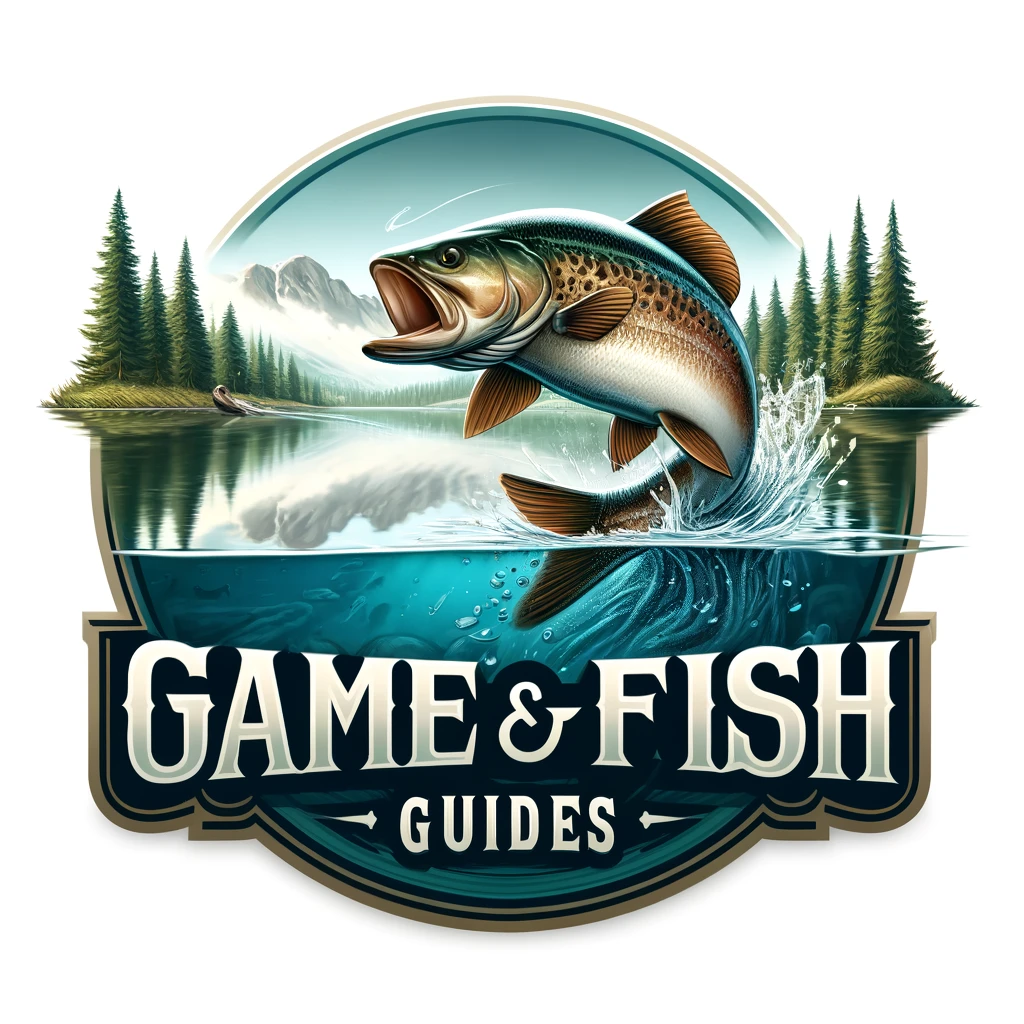Fishing is not just about having the most expensive gear or a fancy boat; it’s about knowing where to fish. Knowing how to find a good fishing spot is a basic skill that every new angler should be learning early on.
1. Understand the Fish Species
The first step in finding a good fishing spot is to understand the habits and preferences of the fish species you’re targeting. Different species will have different habitat preferences. So good fishing spots will be in these areas. For example, bass often hang around structure like submerged logs or weed beds, while trout can be found in colder, oxygenated water like fast moving streams.
2. Use Technology
Knowing how to find fishing spots is getting easier, thanks to modern technology.
- Fishfinders: If you’re lucky enough to have a boat or even a kayak, fish finders are incredibly useful in locating fish as well as understanding the underwater landscape. These are crucial for catfishing as well as Crappie fishing because both are heavily focused on locating dense structures.
- Online Maps and Apps: Use apps like fishbrain to see local catches and locations, or topographical apps like Navionics to see detailed depth to scout potential spots.
3. Local Fishing Reports and Forums
Join local fishing forums, social media groups, or visit nearby bait and tackle shops. I’m talking a mom and pop store, not a Cabelas. Ask these people if they will share their fishing spots, or if they can give you some knowledge on how to find a good fishing spot. Oftentimes they are valuable sources of information about current conditions, what’s biting, and where to find them.
Fishing reports can give you real-time information about which spots are good and what species are biting.
4. Look for Signs of Life
When you’re looking at a potential fishing spot, look for signs of fish activity. Things to look for would be fish on the surface, birds diving (indicating baitfish), and insects (which attract fish).
5. Consider the Season and Weather
Fish behaviors change with the seasons and weather, and finding good fishing spots can depend heavily on this. In the summer when the water temperature is higher, fish might go deeper to find cooler water, but in the spring, they might be in the shallow sun-warmed waters potentially spawning.
6. Experiment with Different Spots
Don’t just stick to one fishing spot. Try different locations and depths to find where the fish are. Look for areas like points, coves, inlets, and drop-offs.
Conclusion
Finding local fishing spots comes down to knowledge, technology, observation, and experience.
By understanding the fish, using the right tools, observing the environment, and learning hands-on, you will be able to dramatically increase your success.

